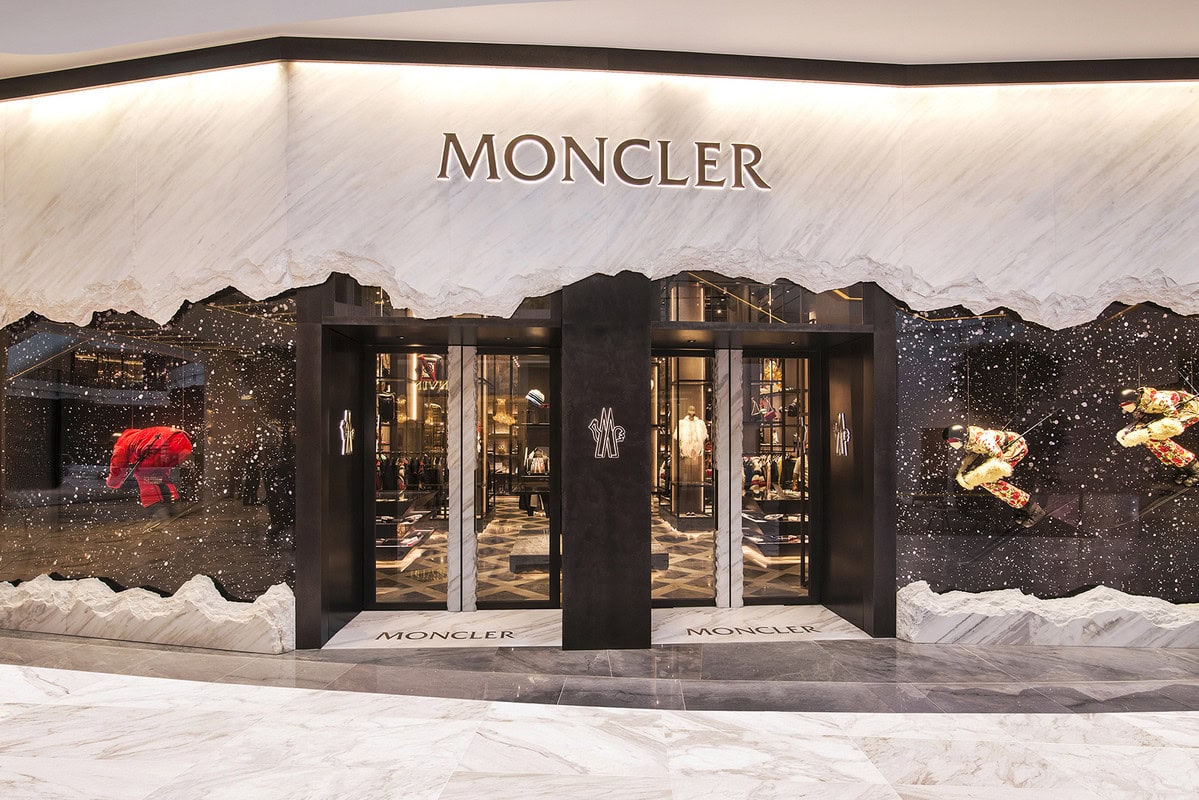The Slight Decline for the Quarter Comes After Moderately Successful Growth for the Rest of the Year
Moncler Group has demonstrated financial resilience despite a challenging macroeconomic landscape, as revealed in its nine-month earnings results. For the period ending on September 30th, the group reported sales of 1.87 billion euros, a 3 percent rise year-over-year. However, sales for the recent quarter showed a 3 percent year-over-year dip to 635.5 million euros, which is lower than consensus estimates.
The company attributed the decelerated growth to a fall in yen, waning consumer confidence, and reduced spending power across key markets. “Our industry is facing a period of continuous volatility, characterized by a more difficult global macroeconomic context, which has been impacting consumer confidence in several markets,” Remo Ruffini, chairman and chief executive officer, stated.
Sales of the Moncler brand rose 5 percent to 1.57 billion euros. However, Stone Island sales fell 6 percent to 292.4 million euros. Third-quarter revenue for Moncler fell 3 percent to 532 million euros primarily because of decreased wholesale revenue, slightly less than the predicted revenue of 541.1 million euros.
Luciano Santel, chief corporate and supply officer, and Elena Mariani, strategic planning and investor relations director, addressed questions about the generalized poor performance of the wholesale channel during an analyst call. Santel said, “We keep implementing a distribution strategy that is focused more on the direct-to-consumer channel than on the wholesale channel. We keep selecting, we keep, let me say, enhancing the wholesale distribution, selecting only the best.”
In Asia, encompassing the Asia-Pacific, Japan, and Korea, Moncler recorded nine-month revenue growth of 6 percent, amounting to 750.8 million euros, which contributes 47.7 percent of the total. In contrast, third-quarter revenue in the region declined 2 percent due to challenging macroeconomic conditions and normalized tourist flows into Japan. The Americas showed a modest growth of 1 percent to 219.1 million euros, contributing to 13.9 percent to the total revenue. Yet, third-quarter revenue declined by 6 percent.
For the first three quarters of 2024, Moncler’s direct-to-consumer channel generated revenue of 1.26 billion euros, a 9 percent increase. However, the company cited weakened consumer confidence as the cause for third-quarter revenue stagnation.
In contrast, the wholesale channel recorded a 9 percent fall in revenue over the same period, down to 313.2 million euros. In the nine months of 2024, EMEA-region revenue for Stone Island fell 9 percent year-over-year to 204 million euros, offset by an 18 percent increase in Asia, up to 68.1 million euros.
Regardless of Stone Island’s overall declining performance, Santel expressed that there is still substantial potential for growth for the brand. “Our retail footprint [for example] in North America is very light. So there are many opportunities…”, he said.
Discussing the company’s full-year outlook, Santel reassured analysts by validating the earnings before interest, taxes, depreciation and amortization margin consensus of 29 percent. He stated, “The operating margin target implied in consensus forecasts is challenging but not impossible.”
Ruffini expressed his optimism about Moncler’s approaching initiatives despite the economic challenges and praised the business’s ability to create a global sense of community. “As we head into the final part of the year with a number of exciting initiatives planned for both Moncler and Stone Island, we remain committed to our brand-first, long-term oriented strategy, which I believe will position us well to navigate these challenging times,” he said.
Ruffini further addressed the future of Moncler in light of LVMH’s minimal engagement in the business. Reiterating Santel’s assertion, Ruffini underlined, “We are proud and very happy talking…”, and added that Moncler remains entirely independent, with its strategy not intended to be affected by LVMH’s stake in the enterprise.
China’s economic landscape has significantly impacted luxury stock performance. The country’s economic growth is projected to reach 4.8 percent this year, a decrease from July’s 5 percent projection, as stated in the International Monetary Fund’s latest “World Economic Outlook” report.
